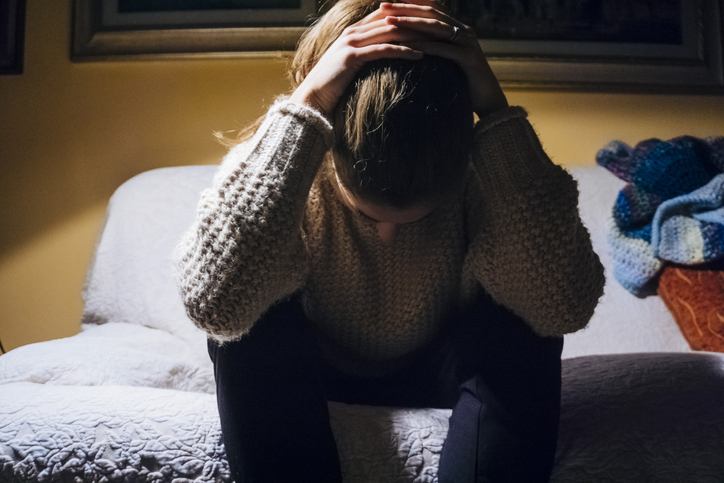The ACT Council of Social Service (ACTCOSS) is calling on the next ACT Government to invest in the Territory’s women, children and families in a 2020 ACT Election issue brief.
The ninth of 12 briefs from the community organisation calls for reforms in the child protection system, investment for women’s services, and additional support for young people in and out of the home care system.
ACTCOSS CEO Dr Emma Campbell said while Canberra was advertised as a great family location, there was insufficient support for those struggling.
“In 2018-19, more than 900 children in the ACT were in out of home care or another supported placement,” she said.
“More reform is needed to build a child protection system capable of ensuring the safety and wellbeing of children, while working to keep families together or connected.
“Key reforms that can help to achieve this include: an independent review mechanism for child protection decisions in the ACT; better access to advocacy and support for women, children and families; and the implementation of restorative practices in the child protection system.”
ACTCOSS is calling on the restorative child protection model, to provide early support and prevention of child removal.
“These reforms are particularly important for Aboriginal and/or Torres Strait Islander children, young people and families in the ACT who are overrepresented in our child protection system,” Dr Campbell said.
In addition to operational changes in the child protection system, ACTCOSS, along with Women’s Legal Centre and YWCA Canberra, are calling for government support for domestic, family and sexual violence victims.
ACTCOSS is calling on community-based specialist women’s services in addition to YWCA’s call for prevention strategies.
“We call for visionary and evidence-based primary prevention strategies that eliminate violence before it starts and creates a future without violence for Canberra girls,” YWCA Canberra CEO Frances Crimmins said.
“There is evidence demonstrating that young people are failing to grasp key concepts of sexual consent and awareness of what constitutes sexual harassment and violence.”



